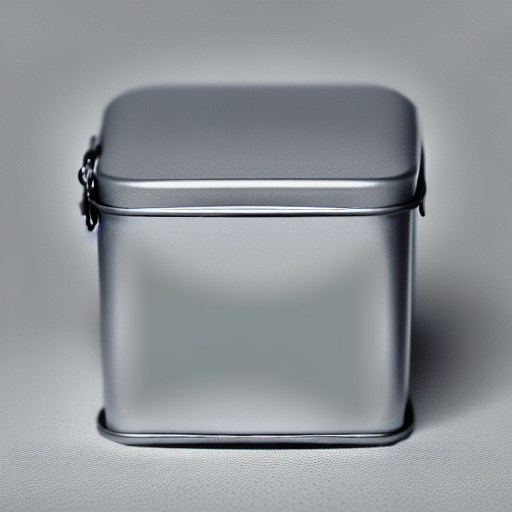Mussels are not just a delicacy of the sea; they’re a powerhouse of nutrients and offer a variety of health benefits that make them a superb addition to your diet. Whether enjoyed in a rich broth or as part of a sophisticated dish, mussels bring more to the table than just their delightful taste. Below, we explore the myriad of health benefits associated with mussels and share the best methods for reheating them to retain their flavor and nutritional value.

Health Benefits of Mussels
- Rich in Nutrients: Mussels boast an impressive nutritional profile, providing high-quality protein, essential vitamins like B12, and vital minerals such as selenium, zinc, iron, and manganese. This makes them an excellent choice for muscle repair, growth, and overall health.
- Heart Health: The omega-3 fatty acids, EPA, and DHA, abundant in mussels, are champions for your heart. They help lower blood pressure, reduce inflammation, and decrease heart disease risk.
- Brain Health: Essential for cognitive function, the omega-3 fatty acids in mussels support brain health and development, potentially improving cognitive abilities and reducing age-related decline.
- Immune Support: Thanks to their zinc and selenium content, mussels help bolster the immune system by regulating immune cell function and protecting against oxidative stress.
- Rich in Iron: Mussels are a fantastic source of iron, crucial for hemoglobin production and oxygen transport in the body, helping to prevent anemia and boost energy levels.
- Weight Management: With their low calorie and fat content yet high protein versatility, mussels are a great addition to any weight management plan, promoting satiety and muscle maintenance.
- Bone Health: Mussels supply key bone-strengthening minerals, including calcium, phosphorus, and magnesium, vital for maintaining strong and healthy bones.
- Antioxidant Properties: Rich in antioxidants like vitamin E and selenium, mussels help protect against cellular damage and reduce chronic disease risks.
Enjoying leftover mussels requires proper reheating techniques to preserve their taste and texture. Here are the best methods:
In Broth
Reheat mussels in a pot with their original broth or a little bit of water, soup, sauce or even pasta. Simmer gently until the mussels are thoroughly heated. This method helps retain the moisture and flavor of the mussels.
By Steaming
Place the mussels in a steamer over boiling water. Cover and steam for a few minutes until they are hot. This method is quick and prevents the mussels from becoming rubbery.
Microwaving
Arrange mussels in a microwave-safe dish, add a splash of water, and cover. Microwave on high for a short period, checking every 30 seconds to avoid overcooking.

Sautéing
Quickly sauté mussels in a pan with a little oil or butter. This method can help reintroduce a crisp texture and is great for adding additional flavors.
Note: Always make sure the mussels are heated all the way through but avoid overcooking them, as they can become tough. Also, it’s essential only to reheat mussels once after their initial cooking.
Incorporating mussels into your diet brings numerous health benefits, from supporting heart and brain health to boosting your immune system and helping with weight management. By following the proper reheating methods, you can enjoy leftover mussels without compromising their nutritional value or taste, making them a convenient and healthy option for any meal.
“I think you’d love to read it! How to Reheat Scallops “
Storage Method 1: Refrigeration
Storing mussels in the refrigerator is the ideal method if you plan to use them within a few days. Here’s how to do it right:
Step 1: Use the Right Container
Select an airtight container that is large enough to hold the mussels without overcrowding. Avoid using plastic bags as they can cause the mussels to crush and leak their precious juices.

Step 2: Create the Bed
Line the bottom of the container with the cooked mussels, arranging them in a single layer to prevent squashing and promote even temperature distribution.
Step 3: Add the Broth
Pour a small amount of the leftover cooking broth over the mussels, ensuring they are completely covered. The broth helps retain moisture and prevents freezer burn.
Step 4: Seal and Store
Seal the container tightly and label it with the storage date. Place it in the coldest part of your refrigerator, usually the back of the lowest shelf.
Gordon Ramsay’s delectable Mussels with Celery and Chilli recipe – a culinary delight you won’t forget!
Storage Method 2: Freezing
When you need to store mussels for a longer period, freezing is your best option. Freezing mussels correctly ensures that they remain safe to eat and retain their quaItty.
Step 1: Chill and De-shell
Cool the mussels to room temperature, then remove the meat from the shells, discarding any unopened ones. Handle the mussel meat gently to avoid breaking it.
Step 2: Pack for Freezing
Place the mussel meat in an airtight container in a single layer, if possible. Pour the broth over the mussels, covering them completely. Leave a bit of headspace to allow for expansion.
Step 3: Label and Freeze
Seal the container, ensuring it’s airtight. Label with the date and place it in the freezer. Mussels can stay at peak quality for up to three months in a standard freezer.




















+ There are no comments
Add yours